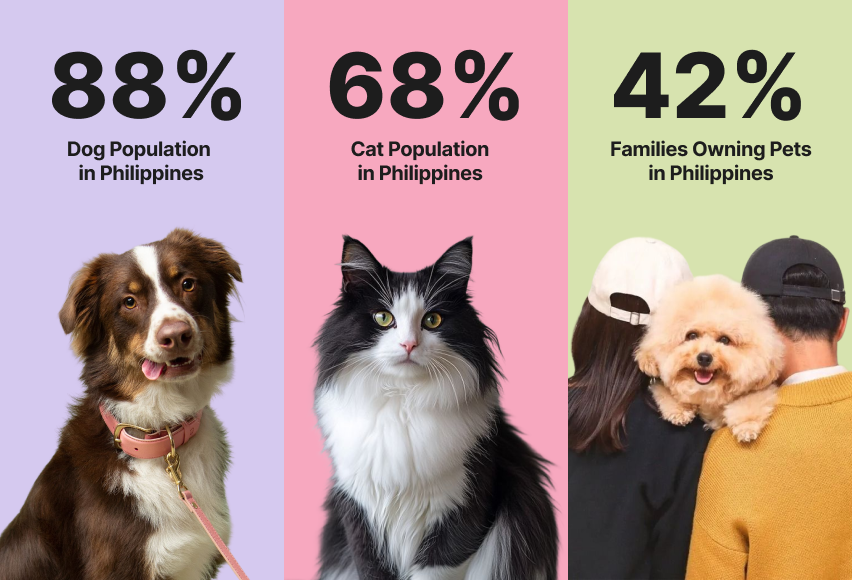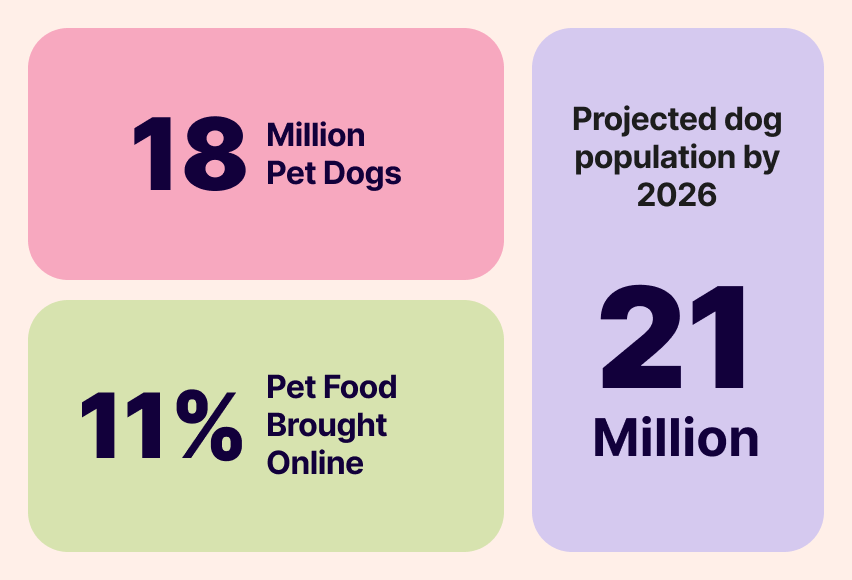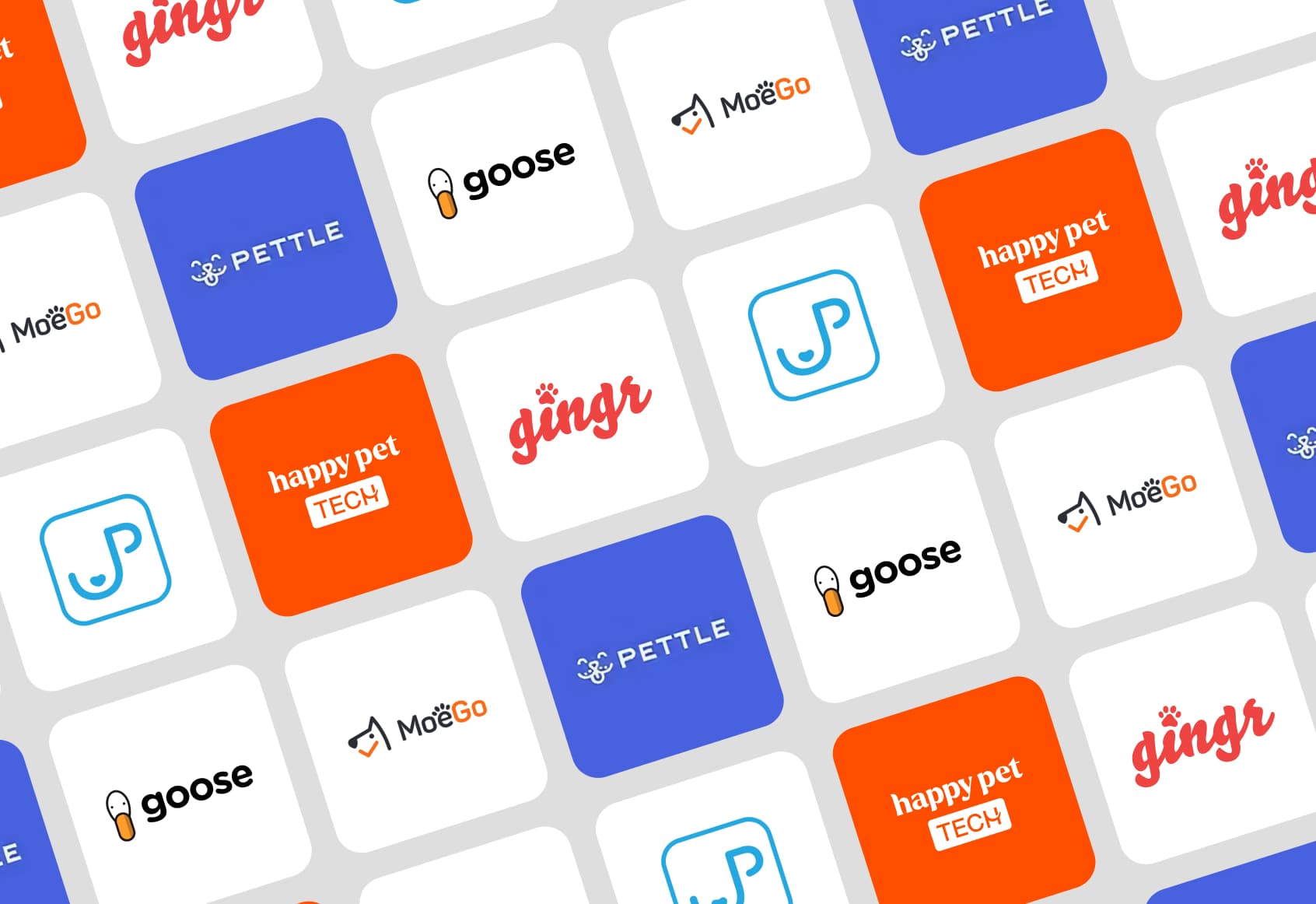"Ang aso, hindi lang alaga pamilya sila." Means “Dogs aren’t just pets, they’re family.”
A line I often hear from my Filipino friends, and it beautifully encapsulates the country’s growing affection for pets. This article dives deeper into the evolving pet industry in the Philippines and how technology is unlocking new opportunities for growth and innovation.
The pet industry in the Philippines is undergoing a remarkable transformation. Once considered a niche market, it is now one of the fastest-growing consumer sectors in the country. From premium pet food and grooming to veterinary care and accessories, Filipino pet owners are spending more than ever on their furry companions. As this market expands, one factor is set to shape its future more than anything else technology.
A Booming Pet Market

The Philippines has seen a surge in pet ownership in recent years, particularly among millennials and Gen Z, who view pets as family members rather than just animals. According to GlobalPETS, the Philippine pet care sector is currently valued at US$108 million (€103.7M) and has doubled over the past five years. By 2029, the market is projected to reach an impressive US$681.3 million.
The country is also home to a large pet population. As of 2024, there are 16.4 million dogs and 2.06 million cats in households, with around 42% of families owning pets. This cultural shift, influenced heavily by social media platforms like TikTok, Instagram, and Facebook, has made pets true cultural icons.
" Being a dog parent taught me love, patience, and joy all from someone who can’t even speak." says Maria Santos, a 29-year-old pet owner in Quezon City.
Rising Demand for Premium Pet Care

As incomes rise and urban lifestyles evolve, Filipino pet owners, especially in higher-income groups, are increasingly treating pets like children. This has translated into demand for:
- Premium and packaged pet food over traditional alternatives
- Grooming and wellness services
- Pet-friendly businesses such as hotels and cafés
Metro Manila dominates with 60–70% of pet food sales, but digital commerce is quickly leveling the playing field. E-commerce, in-app shopping, and social commerce (particularly through TikTok Shop) are becoming significant growth drivers, especially for the 16–34 age group of pet owners.
“I always go to the pet store myself to buy Luna’s food and treats. I just want to make sure she gets the best. She’s not just my cat... she’s my baby." says Rafael Cruz, Cat Parent.
Challenges Facing the Philippine Pet Industry
Despite strong growth, the industry faces several hurdles:
- Limited accessibility: Many regions still lack well-equipped clinics or specialty stores.
- Veterinarian shortage: The ratio stands at just one vet for every 10,000 pet owners.
- Price sensitivity: While premium care is growing, many pet owners remain highly cost-conscious.
- Fragmented supply chains: Small businesses often lack digital tools for inventory, scheduling, or customer engagement.
Competition from imports is also intense. With 111 foreign companies active in the market, U.S. pet food brands already hold a 26% market share, making the Philippines the 9th largest market for U.S. exports in 2021.
"We get a lot of clients calling late at night with concerns. Telemedicine could really help us reach those in remote areas. Right now, we can’t serve everyone in time," says Dr. Anne Villanueva, veterinarian at PetHealth Clinic, Cebu.
Sustainability & Innovation on the Rise

Encouragingly, sustainability initiatives and innovation are gaining traction. For instance, Mars Petcare’s SWAP Recycling Program, already active in Thailand is being expanded to the Philippines, rewarding pet owners for recycling packaging. Meanwhile, digital insurance providers are introducing microinsurance products to help cover veterinary expenses and risks for pet owners.
"I love that I can recycle my dog’s kibble packs. It feels good knowing that caring for my pet can also help the environment," shares Kevin Tan, a 34-year-old dog parent in Manila.
Why Technology is the Next Big Leap
Digital transformation is no longer optional, it’s inevitable. With smartphone penetration and internet connectivity rapidly improving in the Philippines, technology is set to fill the industry’s biggest gaps.
Here’s how:
Pet E-Commerce Platforms: Dedicated online platforms make it easy for owners to order pet food, treats, and accessories, often with subscription models for recurring essentials.
Telemedicine for Pets: Online veterinary consultations, digital health records, and AI-based symptom checkers can help overcome the veterinarian shortage, bringing care to underserved areas.
Data-Driven Pet Care: Wearables and apps can track a pet’s diet, activity, and health, empowering owners with insights and helping vets make data-based recommendations.
Digital Communities: Pet parents seek communities for advice, support, and engagement. Social platforms and niche apps can connect like-minded owners and build brand loyalty.
Supply Chain & Business Tech: Inventory management, CRM tools, and digital scheduling can help small and medium pet businesses scale efficiently while maintaining quality.
Sustainability Tech & Fintech: From recycling programs to microinsurance solutions, digital platforms can bring innovation to both environmentally conscious and budget-sensitive pet owners.
"We now send reminders for vaccinations, grooming, and check-ups via a mobile app. Our customers feel cared for, and it saves us time managing everything manually," explains Joyce Dela Cruz, senior groomer at Happy Paws, Manila.
The Road Ahead
The Philippines stands at an inflection point: the rise in pet ownership is meeting a wave of digital adoption. Just as fintech revolutionized banking in the country, pet tech has the potential to redefine how Filipinos care for their animals.
Businesses that embrace technology now will be the ones to thrive, creating a healthier, more connected ecosystem for both pets and their owners.













